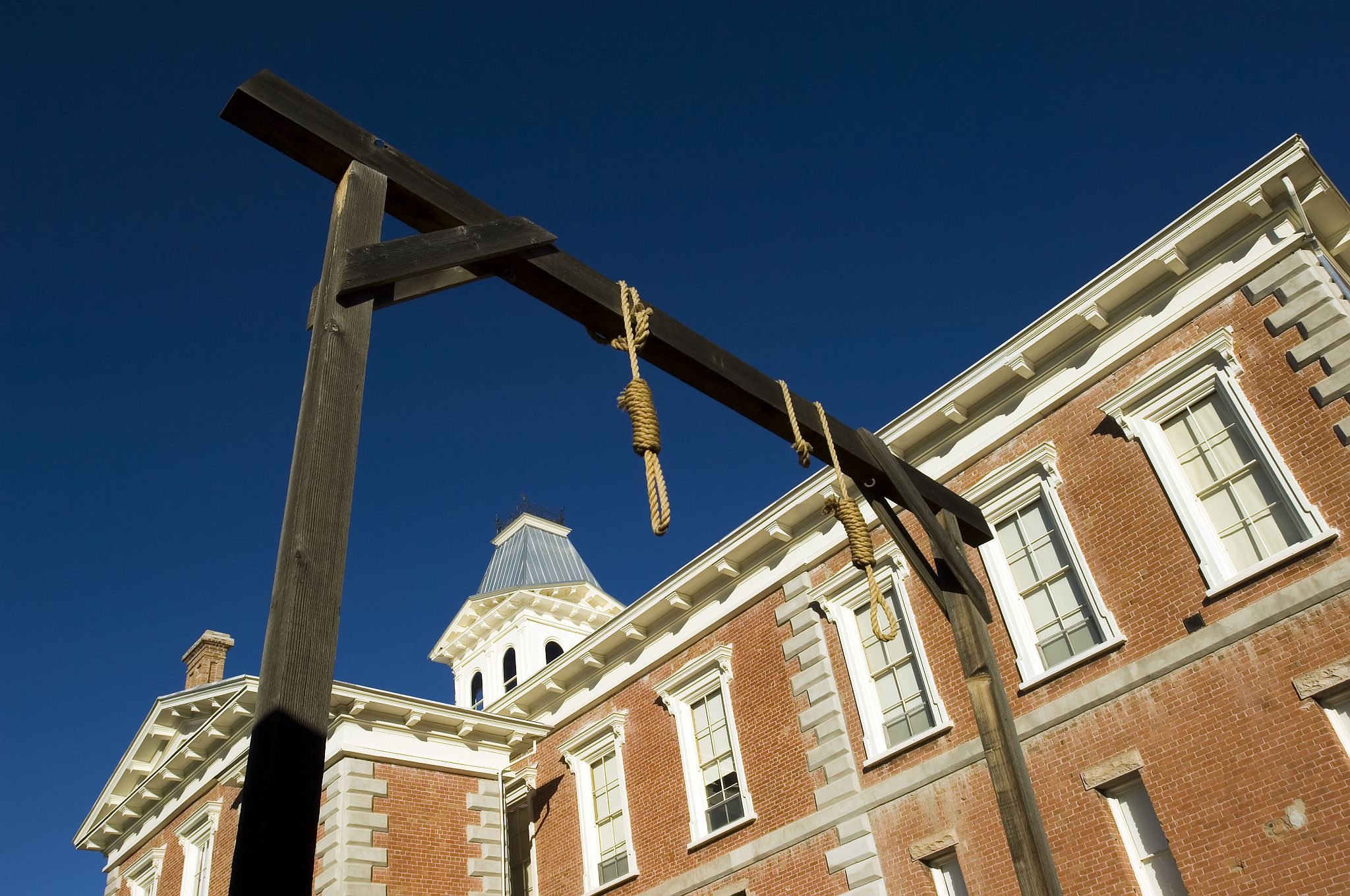
Around the world, the nations with the most known executions are: Iran with 60% of the total, Pakistan with 20%, Saudi Arabia with 10%. (China & North Korea are believed to carry out thousands of executions.)
In the U.S., since the death penalty was reinstated by the Supreme Court in 1976, over 1,500 people have been legally executed — including 18 women. 22 were juveniles when the offenses were committed.
Death Penalty Information Center
The states with the most executions in the U.S. over the past 40 years are: Texas (37%), Oklahoma (8%), Virginia (8%), Florida (6%), Missouri (6%), and Georgia (5%).
There are another 2,500 people on death rows across the country. 50 of these are women.
Death Penalty Information Center
The states with the largest death row populations are: California, Florida, Texas, Alabama and North Carolina.
Death Penalty Information Center (DPIC)
27 states allow executions of “non-triggermen” – people who participated in a felony that led to someone’s death, even if they didn’t carry out the killing themselves.
American Civil Liberties Union (ACLU)
Waiting Time
In 2020, an average 19 years elapsed between sentencing and execution for inmates on death row in the United States. This is an increase from 1990, when an average of 8 years passed between sentencing and execution.
Race
In 96% of states where there have been reviews of race and the death penalty, there was a pattern of
either race-of-victim or race-of-defendant discrimination, or both.
Death Penalty Information Center
Death row population by race:
Latinix 14% (19% of the overall U.S. population)
Black 41% (13% of the overall U.S. population)
White 42% (59% of the overall U.S. population)
Death Penalty Information Center (DPIC)
Exonerations
Since 1973, more than 195 people have been released from death row with evidence of their innocence
– reflecting approximately a 10% error rate. If this same percentage is true for the 1,500 people who were executed since 1976, that means approximately 150 were killed erroneously and 250 of the 2,500 people currently sitting on death row could be exonerated.
Death Penalty Information Center
In 66% of overturned death row convictions, official misconduct, perjury or false accusations played a role in 71% of Black and 94% of Latino exonerees’ cases.
Death Penalty Information Center (DPIC)
The people who were exonerated of the crime sat on death row for an average of 9.8 years.
Of those wrongfully convicted, there were 16 Latinos, 67 Whites and 98 Blacks.
Death Penalty Information Center (DPIC)
A poll of police chiefs ranked the death penalty last among ways to reduce violent crime. The police chiefs also considered the death penalty the least efficient use of taxpayers’ money.
Death Penalty Information Center
Lack of Deterrence
The South, despite committing 80% of the nation’s executions, has the highest murder rate. The Northeast, which committed less than 1% of all executions, has the lowest murder rate.
Mississippi — a death penalty state — has 23 times the murder rate as Maine — a state that doesn’t have capital punishment.
Costs
Cases without the death penalty cost an average of $740,000 to prosecute. Cases where the death penalty is sought cost an average of $1.26 million to prosecute. Imposing the death penalty is more expensive because of the additional legal costs such as pre-trial detention and preparation, the need for public defenders, expert witnesses, longer jury selection, the length of the trial, additional security, special incarceration arrangements and additional appeals.
Death Penalty Information Center
Maintaining each death row prisoner costs taxpayers $90,000 more per year than a prisoner in general population.
Death Penalty Information Center
A study in California revealed that the cost of the death penalty in the state has been over $4 billion since 1978. Study considered pre-trial and trial costs, costs of automatic appeals and state habeas corpus petitions, costs of federal habeas corpus appeals, and costs of incarceration on death row
Death Penalty Information Center
Public Opinion
60% of voters would choose a punishment other than the death penalty for murder.
- 75% of White evangelical Protestants
- 73% of White non-evangelical Protestants
- 53% of Catholics
- 43% of Agnostics
- 35% of Atheists
- 78% of Americans say there is some risk of innocent people being put to death.
- 56% say that Black people are more likely than White people to be sentenced to death for committing similar crimes.
- And 63% say that the death penalty does not deter people from committing serious crimes.
